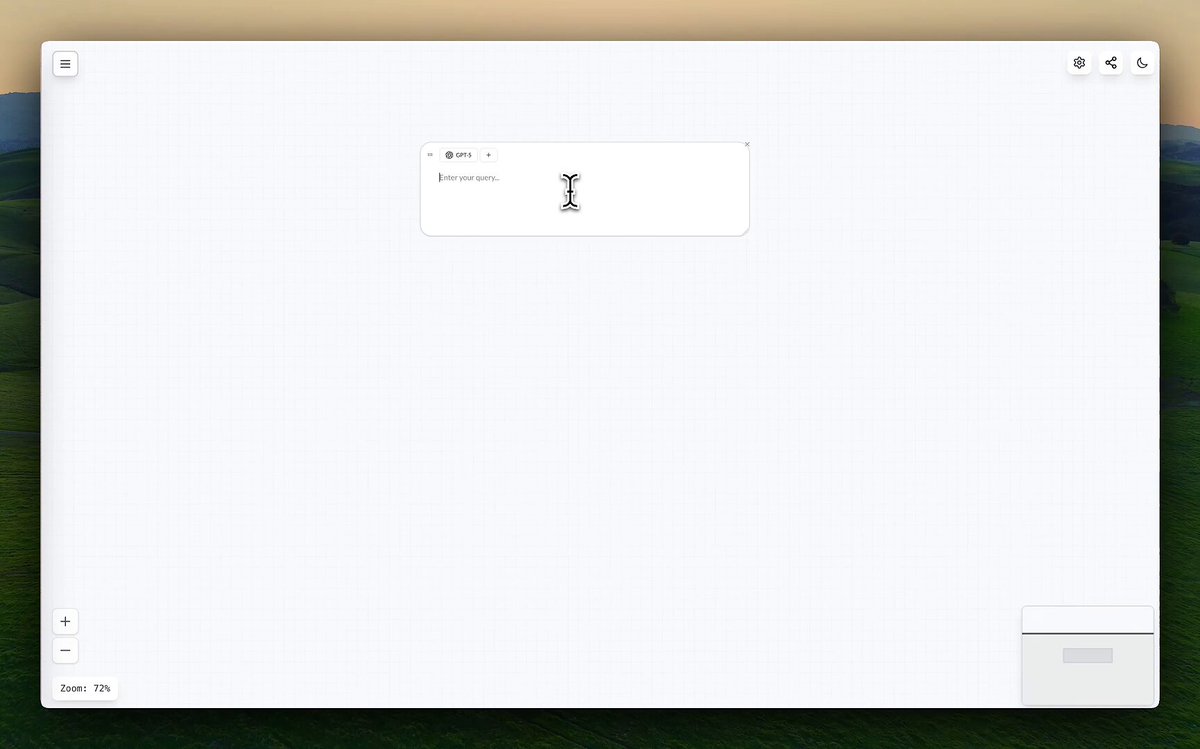your resume is too creative
|
Play of the Week
Join 11,000+ designers reading 2m weekly. Absolutely free.
Play of the Week newsletter by Chris Newsletter issue: #175Read time: 1m 56s PERSONALIZED VIDEO Get Your Portfolio Roasted A 30-minute, private video, packed with personalised, easy-to-implement advice that will improve your portfolio. Get feedback ASAP Ever watched a designer melt down during a critique session? That was me in 2016, sweating through my t-shirt while stakeholders dismantled my unified navigation design (in hindsight, it absolutely made no sense). I thought I was Steve Jobs....
Play of the Week newsletter by Chris Newsletter issue: #174Read time: 1m 59s BUNDLE EXCLUSIVE "I don't know how to grow" Strategize, design, and create your dream UX career, step-by-step. Start growing your career Ever make a decision that made you rethink your entire career? 🙋♂️ Raises hand My career journey has been a rollercoaster. Epic fails and (thankfully) some wins. I quit the best job to chase status, only to fall flat on my face. I once spent 8 months building a product nobody...
Play of the Week newsletter by Chris Newsletter issue: #173Read time: 1m 16s A big thank you to Miro, our sponsor, who keeps this newsletter free to the reader: FREE FOR DESIGNERS 😍 The ONLY design workshop platform you need Miro helps designers organize and run design sprints and workshops on a single, flexible canvas, with facilitation tools like timer, voting, clustering, templates, blueprints, and private mode. Plus, you can now use Miro AI to summarize insights. No more hours spent on...

